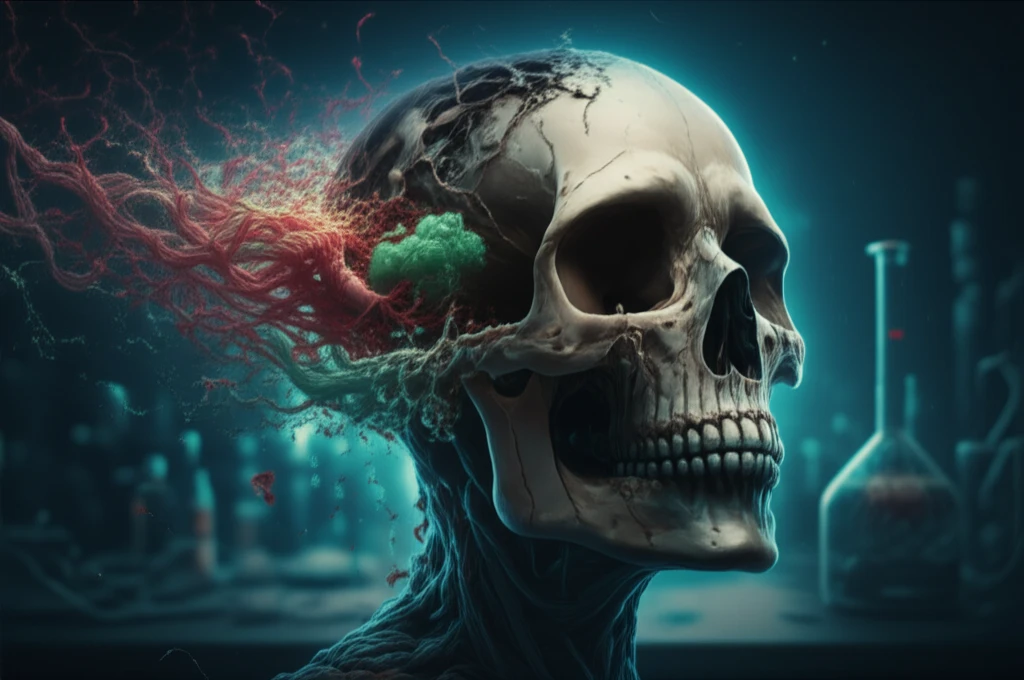
Unlocking the Past: Can Collagen Degradation Solve Forensic Mysteries?
"A new survey explores how analyzing collagen in bones could provide crucial clues for determining time of death in forensic investigations."
In forensic science, accurately estimating the post-mortem interval (PMI)—the time elapsed since death—of unidentified human skeletal remains is a significant challenge. Current methods often fall short, leaving investigators with broad estimations. This is where the study of collagen degradation comes into play, offering a potentially more precise tool for unlocking the secrets held within bones.
Collagen, the main structural protein in bones, degrades over time due to environmental factors and microbial activity. Scientists are exploring whether the rate of collagen degradation can be predictably linked to the PMI. If so, analyzing the state of collagen in skeletal remains could provide a reliable 'clock' to determine how long ago death occurred.
Building on prior research using animal bones, a recent survey has shifted focus to human bones. This survey aims to reproduce and refine methods for measuring collagen degradation, specifically focusing on the ratio of collagen to non-collagen (Co/NCo) in bone samples. The ultimate goal is to develop a practical and accurate technique for forensic experts.
Decoding Bone Clocks: How Does Collagen Degradation Work?

The study, published in Legal Medicine, details an attempt to adapt a method initially tested on porcine bones to human remains. The researchers analyzed 37 human bone samples from forensic contexts and 11 archaeological samples with known PMIs. They prepared thin bone sections, stained them to differentiate collagen from other proteins, and then used spectrophotometry and stereomicroscopy with digital imaging to analyze the Co/NCo ratio.
- Sample Collection: Femoral bones from 35 deceased individuals exhumed from graveyards (PMI ranged from 21-48 years) and 2 fresh samples were collected during autopsies.
- Bone Preparation: Ring-shaped bone pieces were sawed out, stabilized in resin, hardened, and thin sections of 250 µm were prepared using a microtome.
- Staining and Analysis: Bone sections were stained with Sirius Red/Fast Green to differentiate collagen (red) from non-collagenous proteins (green).
- Photometric Analysis (Initial Attempt): An initial attempt to measure the Co/NCo ratio using spectrophotometry yielded results that were inconsistent with expected values and previous porcine bone studies.
- Stereomicroscopic Analysis: A new method involving stereomicroscopy and digital imaging was used to quantify the red/green ratio, providing a semi-quantitative assessment of collagen degradation.
The Road Ahead: Refining the Bone Clock
This survey underscores both the potential and the challenges of using collagen degradation as a forensic tool. While the stereomicroscopy method showed promising results, further research is crucial. Future studies should focus on expanding reference datasets, accounting for factors like sex, age, and environmental conditions, and refining the analytical techniques. Only then can we unlock the full potential of the 'bone clock' and provide more accurate PMI estimations in forensic investigations.
